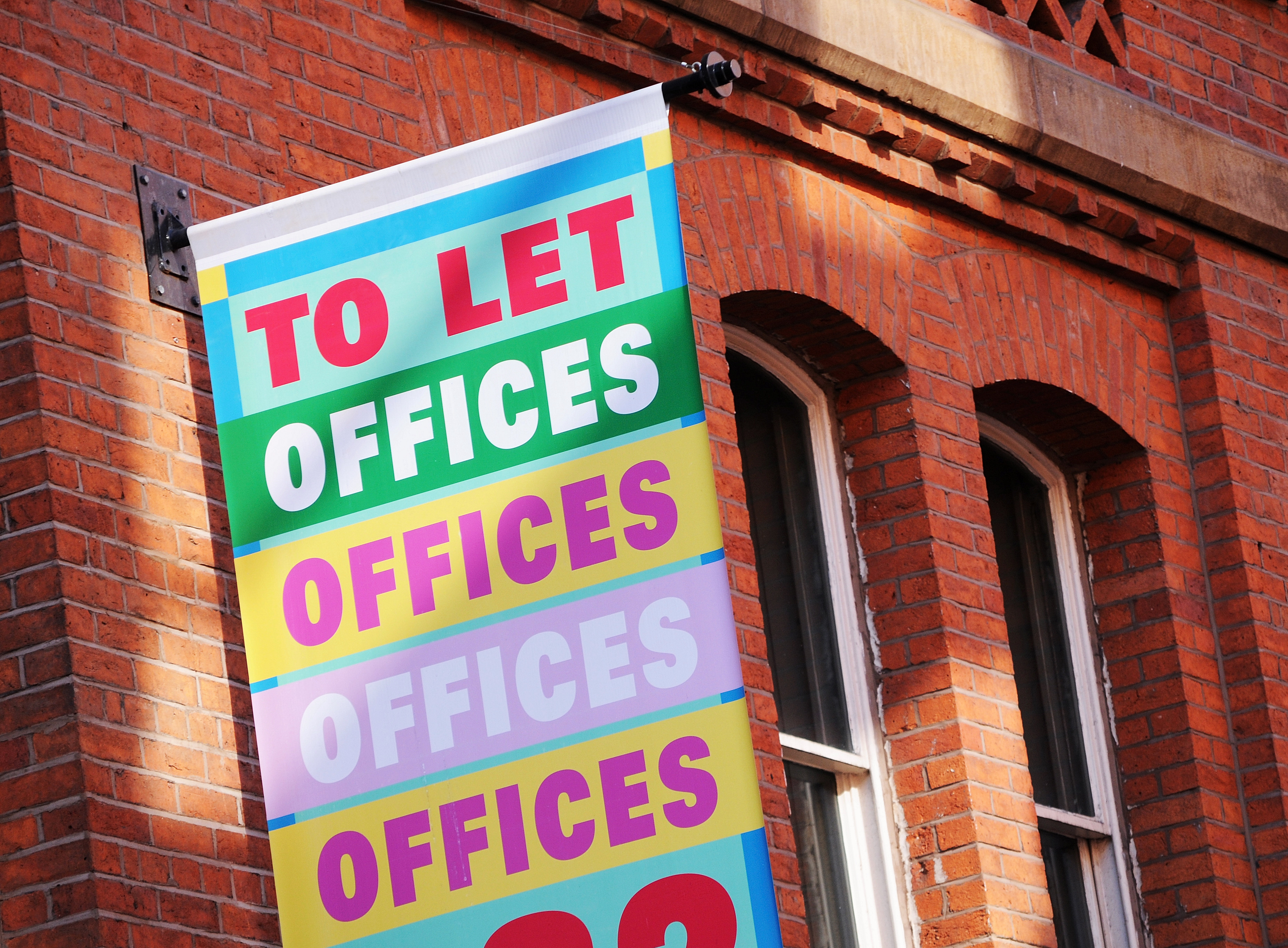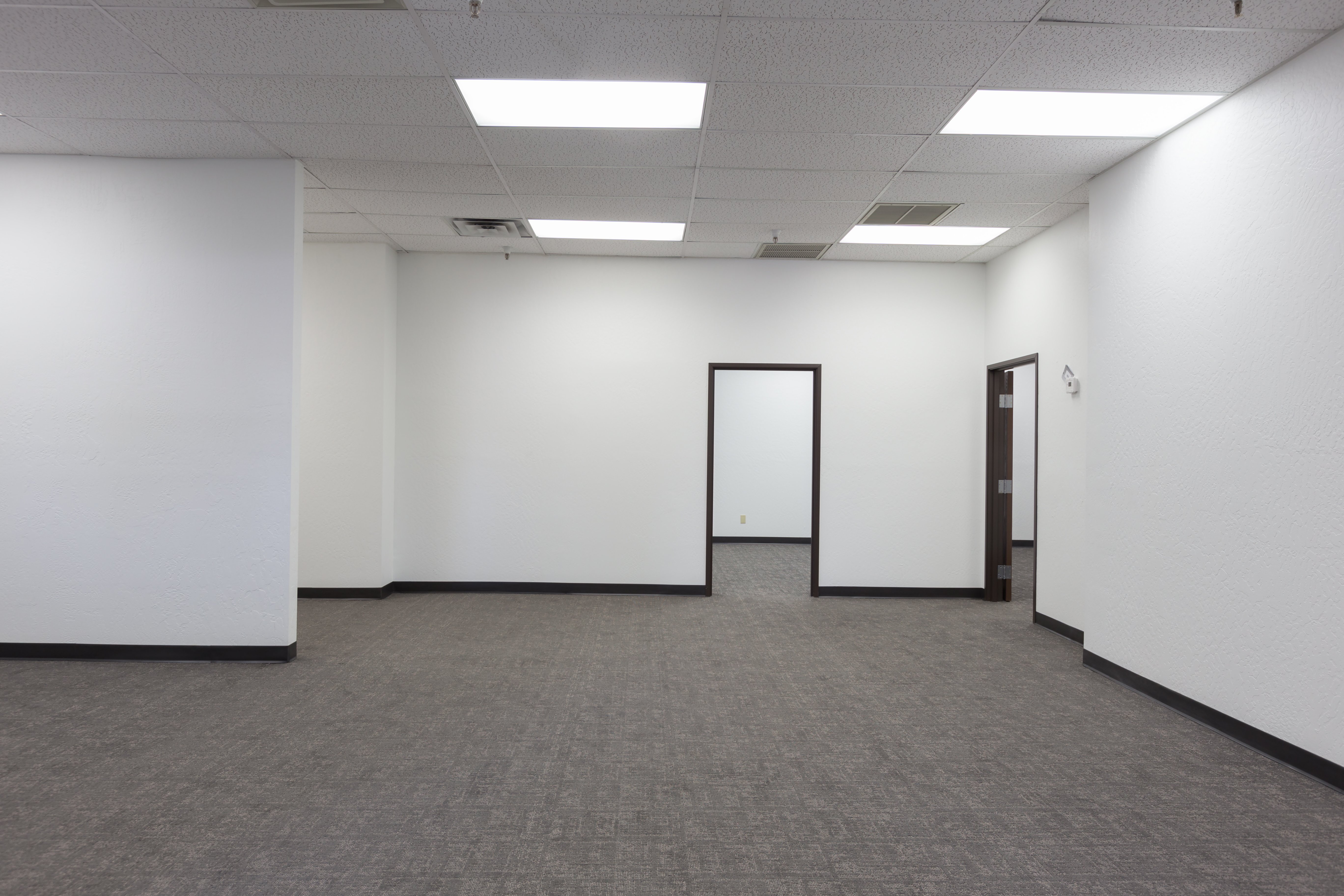In the last article, we mentioned that developing a model to calculate return on investment and other critical measures for a space reduction program was possible. Such a model can assist an organization in identifying likely locations for space reduction and prioritizing projects.
The model aims to examine the potential impact of space reduction strategies. In doing so, the model should include data on current space, project costs, and rent. These data elements can be used to calculate space needs, estimate costs, and analyze return on investment.
Space Reduction Strategies
Examples of space reduction strategies that could be applied through a model include reducing the size of spaces in design standards, moving from enclosed office spaces to open workstations, and implementing mobile workspaces.
Mobile workspaces include a complement of spaces that reflect telecommuting and mobile work practices. The model could calculate the space needed by applying a space reduction strategy. This calculated space could then be compared to existing space to determine whether savings could be achieved.
The federal judiciary uses a real-world example of this type of model. The model is called the Space Utilization Model (SUM), and it has been in use for two years. The judiciary’s model was originally developed to examine several court units that had volunteered for its space reduction initiative. Multiple mobile work strategies were designed to accommodate the variety of work patterns across its court units.
For example, if the personnel in one court unit worked remotely one to two days per week, a low mobile work strategy could be applied. A higher mobile work strategy could be used if the personnel in another unit worked remotely three to four days per week. The SUM results in this initial analysis helped the judiciary analyze the space savings that could be achieved in this pilot program.
After this initial success, SUM has become an integral part of the judiciary’s space reduction program. The model has expanded from individual project analyses to a full-blown space savings assessment across the judiciary’s national inventory. Our next blog will address modeling space savings at a portfolio level.










.jpg)


.jpg)
-1.jpg)
.jpg)
.jpg)
.jpg)
.jpg)
.jpg)
.jpg)

